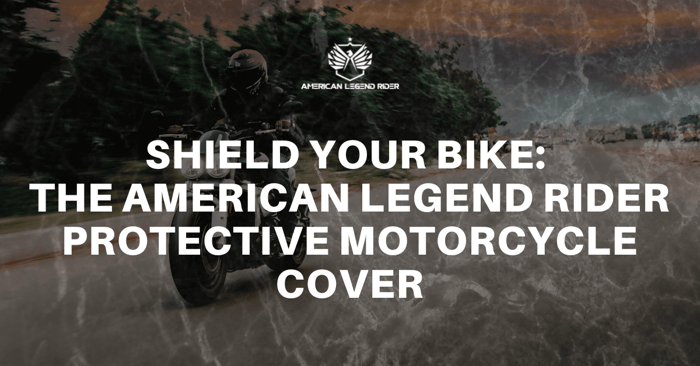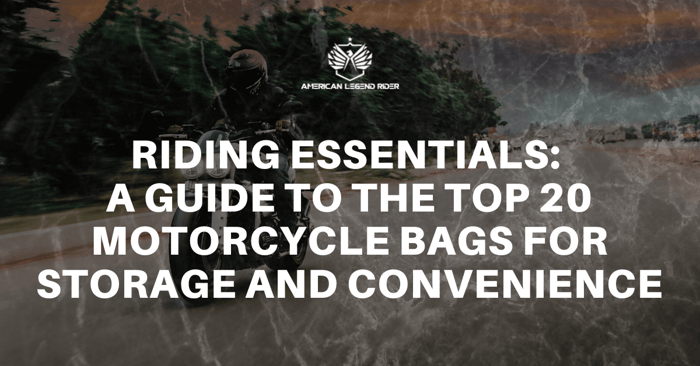When it comes to motorcycle maintenance, tires are often the last thing on a rider's mind. But the truth is, your tires are the only point of contact between your bike and the road. Choosing the right tires for your motorcycle can make all the difference in terms of safety, performance, and longevity. In this guide, we'll go over the basics of motorcycle tires, including types, tread patterns, and wear indicators.
First, let's start with the different types of motorcycle tires available. The most common types are street tires, sport tires, and cruiser tires. Street tires are designed for everyday riding and are made for a variety of surfaces, including pavement, gravel, and light off-roading. Sport tires, on the other hand, are meant for high-performance riding and provide better traction and handling on pavement. Cruiser tires are specifically designed for cruiser motorcycles, and provide a smooth ride and good traction on pavement.
Next, we'll talk about tread patterns. Tread patterns refer to the way the grooves and patterns on a tire are arranged. The most common tread pattern is the "zig-zag" pattern, which is designed to displace water and provide better traction in wet conditions. Another popular tread pattern is the "V" pattern, which is designed to provide better traction in dry conditions. There are also "dual-purpose" tires that have a combination of both tread patterns, which are great for those who ride in a variety of conditions.

When it comes to wear indicators, all motorcycle tires have small raised bumps, called wear bars, built into the tread. These wear bars are designed to let you know when it's time to replace your tires. Once the tread is worn down to the level of the wear bars, it's time to replace your tires. Keep in mind that the wear bars are located in the center of the tire, so it's important to check the tread on both sides of the tire to ensure that they're still safe to use.
In terms of tire maintenance, it's important to check the air pressure of your tires regularly. The recommended air pressure for your tires can be found in your motorcycle's owner's manual or on the sidewall of the tire. Underinflated tires can lead to poor handling and increased fuel consumption, while overinflated tires can lead to a harsh ride and increased wear on the center of the tread.
Another important aspect of tire maintenance is rotating your tires. This means moving the front tire to the rear and the rear tire to the front, which helps to distribute wear evenly across the tire. It's recommended to rotate your tires every 3,000 to 5,000 miles.
Finally, it's important to note that when you're looking to replace your tires, it's always best to replace both the front and rear tires at the same time. This ensures that your motorcycle will handle and perform as it should.
In conclusion, motorcycle tires are a crucial component of your bike and play a major role in your safety and performance on the road. By understanding the different types of tires, tread patterns, and wear indicators, you can make informed decisions when it comes to choosing and maintaining your tires. Remember to check your air pressure regularly, rotate your tires, and replace them when the tread wears down to the wear bars. With the right tires, you can enjoy a smooth, safe, and enjoyable ride.














